Instruction
5 keys to flighting your wedges lower for better control

If you watch the best players in the world hit wedges, you’ll see them frequently using a shot that most amateurs don’t have. It’s called a “flighted” wedge, and it flies with a lower-than-normal trajectory and usually moves from right-to-left (for righties) into the pin. This is helpful because the lower ball flight stays below the wind, improves consistency and offers more spin. It’s a shot that can take an average wedge game to the next level.
Below are my 5 keys to flighting your wedges for better control.
1) Maintain a Consistent Angle of Attack
The best wedge players nip the ground with their wedges, only “bruising” it, not spending their day on the course carving up pork chops. That’s because their angle of attack (AoA) isn’t overly steep and their swing mechanics allow them to re-create a desirable impact position (an AoA that’s a few degrees downward to ensure clean contact) time after time.
All golfers golfer should aim to take shallow divots like tour players, but getting a little steeper is OK so long as you’re consistent. You want the ball to launch in the same “window” with a predictable trajectory and amount of spin when the ball hits the green.
2) Control your Dynamic Loft
The loft of the club at impact is called dynamic loft, and if you want to lower the flight of your golf ball you will need to reduce it. If you lean the shaft forward too much at impact, however, you will reduce your trajectory to a point that the landing angle of the ball is too flat and no amount of spin you produce will make the ball stop or spin back. This factor is the most difficult one for most amateurs to control, so you will need to practice.
3) Reduce the Overall Height of the Ball Flight
As stated above, if you decrease the dynamic loft you will decrease launch angle and the overall height will be affected. Take this with a grain of sand. We desire a “flatter” ball flight, not a head-high screaming bullet into the green. You know what your normal peak trajectory looks like (around 75-90 feet for most golfers) with your wedges, so make sure it is a touch more flighted than your full-shot height.
4) Manage Spin Rates
The spin rate of the ball will influence its landing action on the green. It makes no sense to spin one shot at 10,000 rpm and the other at 6,000 rpm from the same distance. The point of flighting a wedge is consistency, not adding variance.
The key to a consistent spin rate, assuming your mechanics are solid, is keeping your wedge face and grooves clean and making contact on the same part of your club face time after time. The next time you’re practicing using your favorite launch monitor, make sure to keep an eye on the spin rate and try to keep it in a tight range.
5) Move the Ball into the Pin from Right to Left
First, I want to thank Mike Bender. He taught me the aspects of moving your wedge shots into the green from right-to-left and why you should do it.
He and Zach Johnson worked on this before Zach won The Masters, and it was one of the keys to his success. Most greens are pitched from back to front, so if you hit the ball into the pin from right to left and land the ball right of the pin, the ball will land, hop and spin back, moving toward the hole instead of away from it. When the ball stops, you’re also more likely to have an uphill, right-to-left putt, which is statistically the easiest putt to make for right-handed players.
To move the ball from right to left with your wedges your club path must be right of your face angle at impact. Pay attention to your starting direction and make sure the ball is beginning a little to the right of the pin so you can move the ball towards the pin, not away from it.
The Numbers
Let’s take a look at what a flighted wedge shot looks on Trackman so I can show you what the numbers should look like. One thing I like about the latest Trackman software (TPS 4.1) is the ability to see my average number within each data point, as well as the plus-minus difference between all my shots; it helps me chart how tight my tolerances are in each category.
Here is a screenshot of my “flighted” wedge practice session.
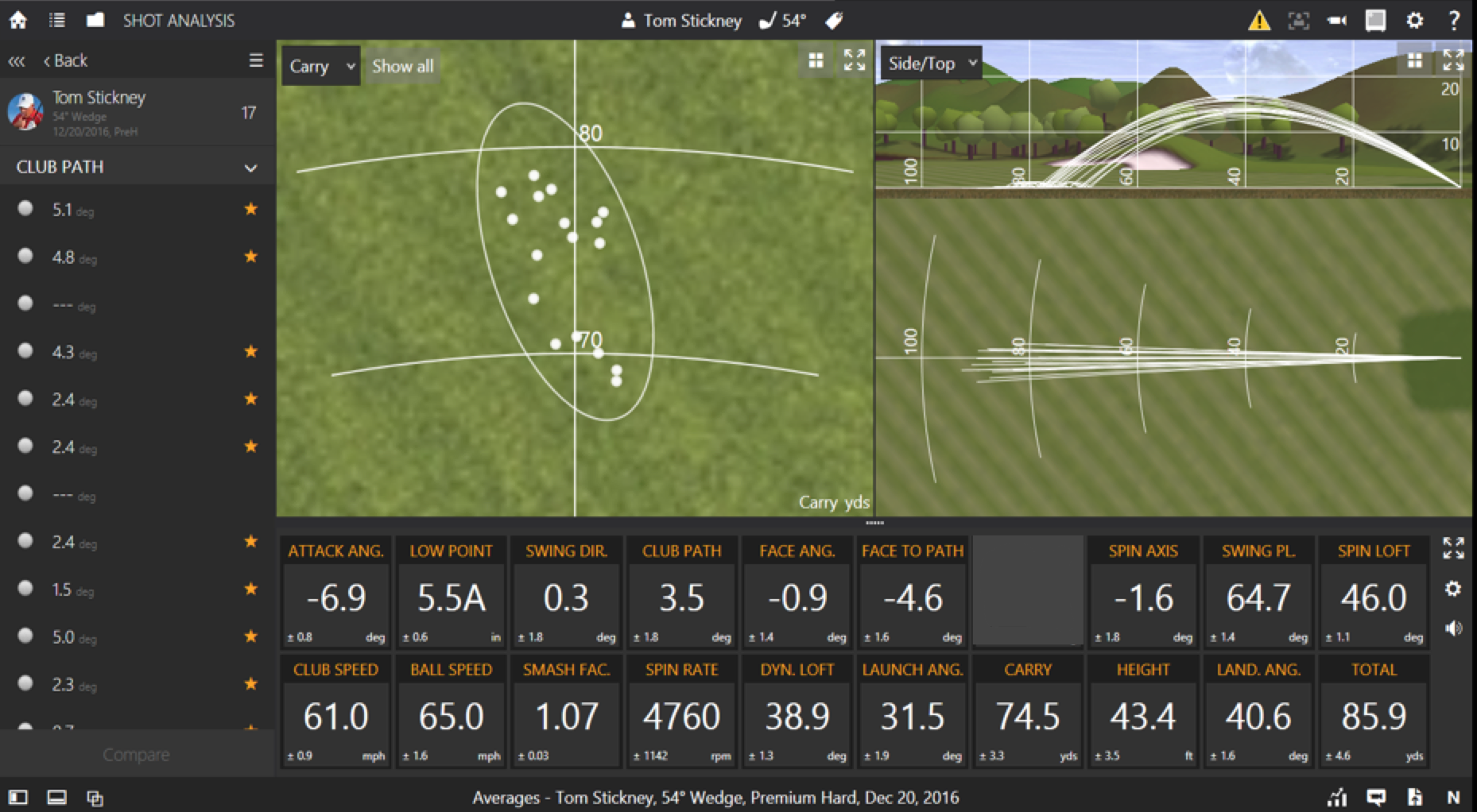
You can click/tap the image to enlarge it.
The big numbers in each category are for the last shot hit, while the smaller numbers (on the left) are the averages for the 15 or so shots I hit for this article.
Angle of Attack
My AoA is right about -7 degrees, which is OK for this shot. As you can see, it was a very consistent data point at only 0.8 degrees of difference. I would prefer to have a slightly less downward AoA, but at least it’s consistent.
Dynamic Loft
My dynamic loft on this shot was 38.9 degrees with my 54-degree wedge. While this might look good, it represents too little loft for my needs. As stated above, when you hit down too much on the ball you’ll tend to also lean the shaft too far forward. If I shallow out my AoA, the dynamic loft will fall more inline with what I’d like it to become.
Height
I’m pleased with the overall height of my shots, though the AoA and Dynamic Loft ranges were a touch off. The height of my shots stayed relatively consistent at 43.4 feet (my shot traveled about 75 yards on average) with a variance of only 3.5 feet. At least I will have a consistent shot reaction from the golf ball when it hits the green.
Spin
I am not as concerned with the overall rotations per minute, but the rather the consistency of them. My average spin rate was 4760 rpm (not too bad for the range balls I was hitting), but I was concerned with my range at 1142 rpm. As you can see, I hit too many short and spinny wedge shots that didn’t go as far as the others, radically affecting the overall spin consistency. I must stay “down” a touch longer though impact for this to subside.
Face-to-Path
The value here was -4.6 and the consistency was +/- 1.6 degrees, showing me that most of my shots were moving in the direction that I’d like them to be moving. It’s easy to “hang” wedges or overcook them when you don’t practice, so this isn’t too bad for me.
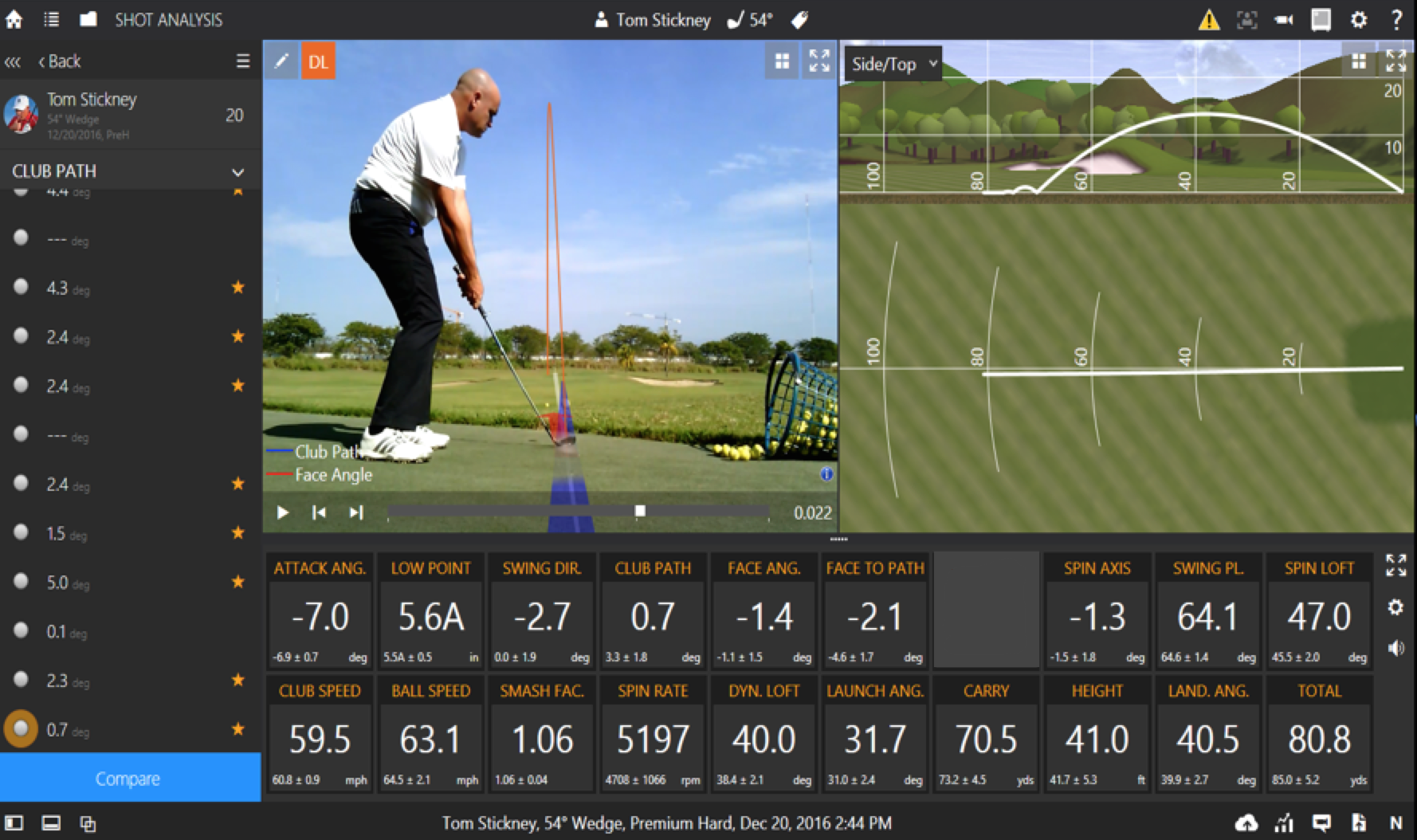
So it’s off to the lesson tee for me to make sure I can do this without hitting down on the ball too much. Learn how to flight your wedges, your scores will thank you!
- LIKE244
- LEGIT42
- WOW11
- LOL7
- IDHT8
- FLOP24
- OB10
- SHANK114
Instruction
Clement: Stop ripping off your swing with this drill!

Not the dreaded headcover under the armpit drill! As if your body is defective and can’t function by itself! Have you seen how incredible the human machine is with all the incredible feats of agility all kinds of athletes are accomplishing? You think your body is so defective (the good Lord is laughing his head off at you) that it needs a headcover tucked under the armpit so you can swing like T-Rex?
- LIKE0
- LEGIT1
- WOW2
- LOL0
- IDHT0
- FLOP0
- OB0
- SHANK2
Instruction
How a towel can fix your golf swing

This is a classic drill that has been used for decades. However, the world of marketed training aids has grown so much during that time that this simple practice has been virtually forgotten. Because why teach people how to play golf using everyday items when you can create and sell a product that reinforces the same thing? Nevertheless, I am here to give you helpful advice without running to the nearest Edwin Watts or adding something to your Amazon cart.
For the “scoring clubs,” having a solid connection between the arms and body during the swing, especially through impact, is paramount to creating long-lasting consistency. And keeping that connection throughout the swing helps rotate the shoulders more to generate more power to help you hit it farther. So, how does this drill work, and what will your game benefit from it? Well, let’s get into it.
Setup
You can use this for basic chip shots up to complete swings. I use this with every club in my bag, up to a 9 or 8-iron. It’s natural to create incrementally more separation between the arms and body as you progress up the set. So doing this with a high iron or a wood is not recommended.
While you set up to hit a ball, simply tuck the towel underneath both armpits. The length of the towel will determine how tight it will be across your chest but don’t make it so loose that it gets in the way of your vision. After both sides are tucked, make some focused swings, keeping both arms firmly connected to the body during the backswing and follow through. (Note: It’s normal to lose connection on your lead arm during your finishing pose.) When you’re ready, put a ball in the way of those swings and get to work.

Get a Better Shoulder Turn
Many of us struggle to have proper shoulder rotation in our golf swing, especially during long layoffs. Making a swing that is all arms and no shoulders is a surefire way to have less control with wedges and less distance with full swings. Notice how I can get in a similar-looking position in both 60° wedge photos. However, one is weak and uncontrollable, while the other is strong and connected. One allows me to use my larger muscles to create my swing, and one doesn’t. The follow-through is another critical point where having a good connection, as well as solid shoulder rotation, is a must. This drill is great for those who tend to have a “chicken wing” form in their lead arm, which happens when it becomes separated from the body through impact.
In full swings, getting your shoulders to rotate in your golf swing is a great way to reinforce proper weight distribution. If your swing is all arms, it’s much harder to get your weight to naturally shift to the inside part of your trail foot in the backswing. Sure, you could make the mistake of “sliding” to get weight on your back foot, but that doesn’t fix the issue. You must turn into your trial leg to generate power. Additionally, look at the difference in separation between my hands and my head in the 8-iron examples. The green picture has more separation and has my hands lower. This will help me lessen my angle of attack and make it easier to hit the inside part of the golf ball, rather than the over-the-top move that the other picture produces.


Stay Better Connected in the Backswing
When you don’t keep everything in your upper body working as one, getting to a good spot at the top of your swing is very hard to do. It would take impeccable timing along with great hand-eye coordination to hit quality shots with any sort of regularity if the arms are working separately from the body.
Notice in the red pictures of both my 60-degree wedge and 8-iron how high my hands are and the fact you can clearly see my shoulder through the gap in my arms. That has happened because the right arm, just above my elbow, has become totally disconnected from my body. That separation causes me to lift my hands as well as lose some of the extension in my left arm. This has been corrected in the green pictures by using this drill to reinforce that connection. It will also make you focus on keeping the lead arm close to your body as well. Because the moment either one loses that relationship, the towel falls.


Conclusion
I have been diligent this year in finding a few drills that target some of the issues that plague my golf game; either by simply forgetting fundamental things or by coming to terms with the faults that have bitten me my whole career. I have found that having a few drills to fall back on to reinforce certain feelings helps me find my game a little easier, and the “towel drill” is most definitely one of them.
- LIKE11
- LEGIT1
- WOW2
- LOL0
- IDHT0
- FLOP2
- OB0
- SHANK8
Instruction
Clement: Why your practice swing never sucks
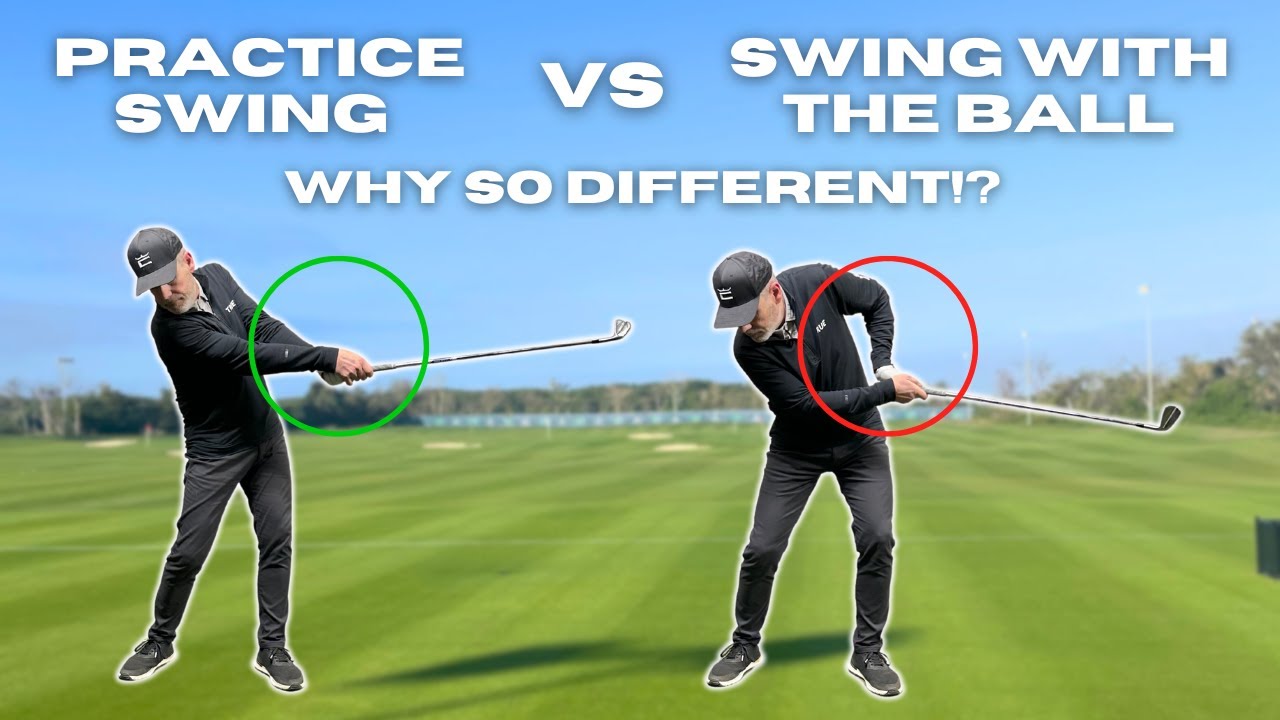
You hear that one all the time; I wish I could put my practice swing on the ball! We explain the huge importance of what to focus on to allow the ball to be perfectly in the way of your practice swing. Enjoy!
- LIKE0
- LEGIT0
- WOW0
- LOL0
- IDHT0
- FLOP0
- OB0
- SHANK2
-

 Whats in the Bag3 weeks ago
Whats in the Bag3 weeks agoAnthony Kim WITB 2024 (February)
-
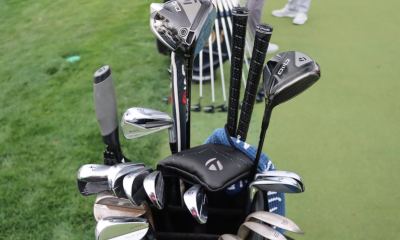
 Whats in the Bag2 weeks ago
Whats in the Bag2 weeks agoScottie Scheffler WITB 2024 (March)
-
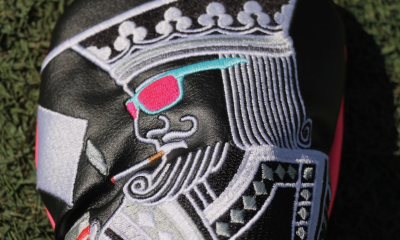
 Tour Photo Galleries2 weeks ago
Tour Photo Galleries2 weeks agoPhotos from the 2024 Arnold Palmer Invitational
-
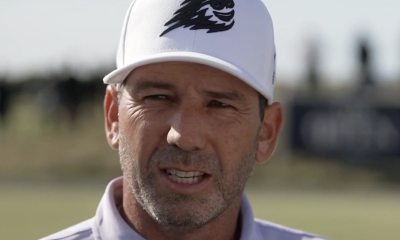
 19th Hole3 weeks ago
19th Hole3 weeks agoThe total sum that Sergio Garcia needs to pay in fines if he wants to return to DP World Tour revealed
-

 19th Hole2 weeks ago
19th Hole2 weeks agoJoaquin Niemann names 3 PGA Tour events he’d love to play each year ‘in a perfect world’
-

 19th Hole2 weeks ago
19th Hole2 weeks ago‘Seems suspect’ – PGA Tour pro hits out at decision to hand Adam Scott and Webb Simpson Bay Hill sponsor exemptions
-
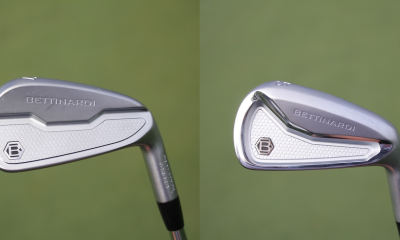
 Equipment2 weeks ago
Equipment2 weeks agoSpotted: Bettinardi irons at the Arnold Palmer Invitational
-

 19th Hole2 weeks ago
19th Hole2 weeks agoPaulina Gretzky opens up on receiving death threats following DJ’s move to LIV Golf





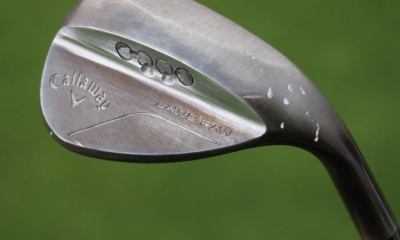

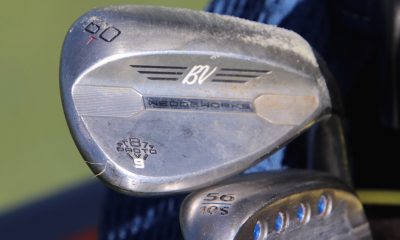

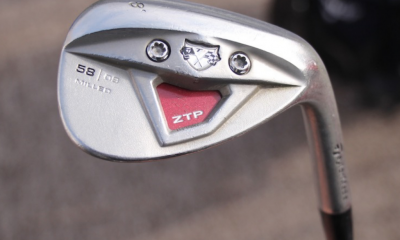



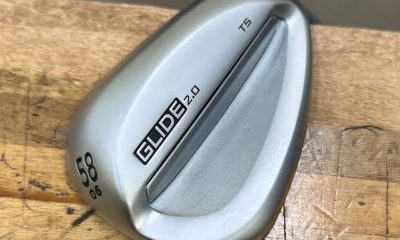










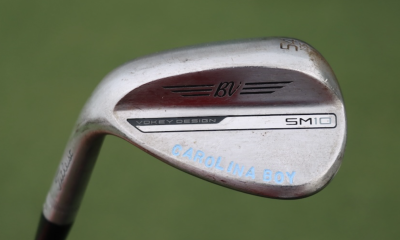

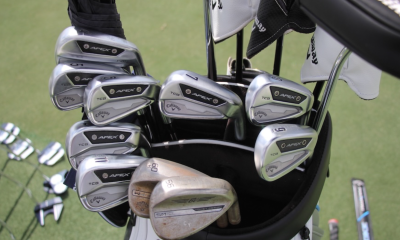

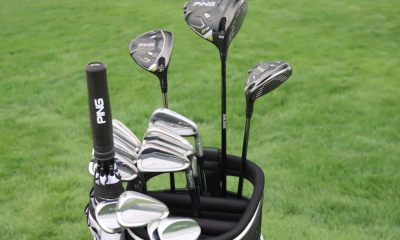

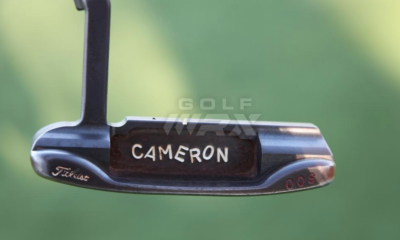

Dill Pickleson
Feb 22, 2017 at 1:23 am
I like this article. It’s a guideline that I can reference. And, confirms my believe that a little right/left is good.
Sure, more time can be spent on HOW but you have to start somewhere, right?
T bone
Feb 20, 2017 at 9:14 am
As a +handicap and a fader of the golf ball, I completely agree with Tom about the draw for this particular golf shot. While the article doesn’t really instruct on how to do it without the launch monitor, the advise of hitting a slight (1-3yds) draw is KEY to LOW, CONSISTANT wedges. The phrase my instructor used to use is “coming in strong to the pin”. The draw matches the elements better of good wedge play, meaning it’s easier to compress the ball with only taking a SHALLOW divot. For me, trying to fade a wedge means I am going to take a ton more grass, my hands need to be ahead of the ball way too much causing inconsistency, the ball will fly slightly HIGHER with the fade, leaving more room for wind to effect the shot. Even if I do manage to hit the proper distance, the increased spin of the fade will have the ball zipping back instead of that nice couple hops and stop. If any of you have access to a grass range, try taking swings that barely brush the grass, I bet you will find that the more left you swing, the harder to do, especially when trying to press hands forward to hit lower shots. Bottom line, with the short (most important) clubs, a SLIGHT draw is the stronger shot that will leave you with better birdie ops. The high floater should only be used when needed.
Yessir
Feb 21, 2017 at 12:51 am
Literally 100% spot on about hitting low cuts and taking too much turf. Low draw wedges have always been my things, easy to stay shallow and keep dynamic loft down controlling the flight and spin. Really can’t do that moving the shaft leftward.
Dill Pickleson
Feb 22, 2017 at 1:18 am
nice post.
Golfwrx and chill
Feb 19, 2017 at 4:53 pm
Error 404: instruction not found
Fire left
Feb 18, 2017 at 8:12 pm
This article is terrible. Zero actual instruction. “If you want to hit controllable low wedges just flight it lower by having a tour pros swing plane and lowering dynamic loft. Oh and hit a draw.” Thanks Tom I’ll be wedging it like ZJ in no time!
Alex
Feb 18, 2017 at 7:55 pm
I agree with everything except the ball should be coming into the green left to right not right to left.
Jeff
Feb 18, 2017 at 6:43 pm
This is another awful article, plus the fact that you as a teaching pro can’t do it htf are amateurs that play once a week expected to do it.
Skip
Feb 18, 2017 at 11:56 am
“he next time you’re practicing using your favorite launch monitor, make sure to keep an eye on the spin rate and try to keep it in a tight range.”
Ya lol, ’cause we’ve all got one of those.
bogeypro
Feb 18, 2017 at 10:55 am
I like the data and the 5 points, but would have liked to have seen a little more instruction on how to hit the shots. Maybe a few practice drills instead of using a launch monitor that very few have access to play on.
david
Feb 18, 2017 at 8:47 am
There’s an easier way to practice hitting lower shots at the range: tie a string to 2 sticks, the strings about 2 feet off the ground, and put the sticks about 4 or 5 feet in front of you, and try to hit the ball under that string. You’ll learn how NOT to flip you wrists and hit it on a proper trajectory
Daniel Smith
Feb 21, 2017 at 11:56 am
These comments are so salty about instructions and launch monitors. This is EXACTLY the method I used at the range and with a couple sessions I was able to consistently hit this shot. If you don’t know enough about the golf swing to take his comments and apply them then you shouldn’t be attempting this shot. Just keep hitting high wedges uncontrollably.
You don’t need an LM to tell you spin/ball flight. 1. Move ball back in stance. 2. Look at your divot. 3. Look at your ball flight, it should be lower 4. Check the direction of the spin when the ball lands. HINT: it should move left.
Devilsadvocate
Feb 17, 2017 at 7:54 pm
Tom I have a TON of respect for you as an instructor and usually you articles are FANTASTIC…. but what is this??? Zero swing thoughts, moves, or adjustments to make to get the numbers you speak of… why don’t u shoot me DJS driver numbers while youre at it? Im sure ill be hitting it 350 in no time!
Joey5Picks
Feb 17, 2017 at 3:47 pm
“Take this with a grain of sand.” The phrase is actually “Take this with a grain of salt.”
Wizardofflatstickmountain
Feb 17, 2017 at 4:00 pm
Considering this is a golf site, you probably don’t find too many salt bunkers on the course…
Steve
Feb 17, 2017 at 8:53 pm
Did you at least hear the wind from the joke as it soared over your head?
Devilsadvocate
Feb 17, 2017 at 10:38 pm
+1
Cornwall1888
Feb 17, 2017 at 2:22 pm
Why do none of the instructions for this shot mention hitting it low on the face? that’s one of the main aspects of it and where most amateurs go wrong
Leftshot
Feb 17, 2017 at 2:15 pm
Some good stuff, but left out one of the biggest factors. This shot requires a smooth swing. If you watch the pros they are hitting smooth 1/2 to 3/4 swing shots with an abbreviated follow through. They are accelerating into the ball, but 50% effort is about the norm. The whole point of this shot is consistency and accuracy.
Important especially with amateurs. Most weekend golfer’s swings are a violent explosion and if they try to abbreviate the backswing, it’s an even more violent, abrupt transition. Because of this, the flighted shot requires practice, but has the added benefit of improving the player’s full swing if they transfer some of the skills learned here.
Acemandrake
Feb 18, 2017 at 9:21 am
Perfect
A smooth, shorter, unhurried arm swing with a quiet (but still slightly involved0 body rotation) works for me. This also makes it easier to repeat.
BONUS: You can practice this until the cows come home without getting tired.
#dialedin
Double Mocha Man
Feb 18, 2017 at 2:39 pm
What range do you practice at? That has cows?
Acemandrake
Feb 18, 2017 at 5:41 pm
You don’t want to know 🙂
MBU
Feb 17, 2017 at 2:11 pm
Hit it from right to left, with a draw? You’d be very likely to get a few shanks with that method, and in any case that piece of instruction is near pointless on many levels. But the rest of the article is sound advice.
Jeff
Feb 18, 2017 at 6:54 pm
So true
Jack
Mar 10, 2017 at 11:22 am
He’s talking about the ball flight.
tom stickney
Feb 17, 2017 at 1:44 pm
If you don’t have a launch monitor available you can always use something in the distance to audit your trajectory.
If the pin is on the right side of the green the obviously you wouldn’t move the ball in from right to left.
Jeffrey Purtell
Feb 18, 2017 at 2:52 am
What did golfers ever do before launch monitors????????????? I guess they just hit the ball already.
Jimmy Ray
Feb 17, 2017 at 12:36 pm
my “favorite launch monitor”? Yeah, that’s gonna be tough. I have sooooo many lying around my private, GN-1 seeded, 275-yard backyard practice facility…
Cmoregolf
Feb 17, 2017 at 12:31 pm
“not spending their day on the course carving up pork chops” Tell that to Jordan Spieth, his are the size of small parks.
Philip
Feb 17, 2017 at 12:25 pm
Go to the range and practice hitting lower flights until one finds a feel that works … at least that is my plan in 2 months
Rick
Feb 17, 2017 at 11:24 am
Hi Tom,
Thanks for sharing this information on how to hit low wedge shots. How do your students that don’t have access to a trackman practice this shot? Thanks.
F
Feb 17, 2017 at 11:15 am
Ah yes, let me just take my trackman out in my spare time to hit wedge shots.
Tim
Feb 17, 2017 at 10:06 am
So no actual info on how to hit this shot, k.
straightdriver235
Feb 17, 2017 at 9:18 am
To play this shot, acceleration into the ball is more controlled, and it’s almost as if the ball were caught on the upswing. The club is still moving down and from the right, but the body and hands have started to move into the follow through and to the left. Hitting down to much with de-lofted face will still spin the ball up, causing a balloon, and reduce chance of right to left.
C
Feb 17, 2017 at 8:34 am
About the ‘right to left’ thing… If a right-handed golfer draws the ball into the green, he/she will tend to end up on the left side of the green. This will leave uphill left to right putts, statistically harder putts to make.
J
Feb 17, 2017 at 9:42 am
Is the pin always in the dead center of the green?
AB
Feb 17, 2017 at 11:04 am
According to the article, yes and what if the pin is on the right side of the green should we still hit the R to L shot
Tom
Feb 18, 2017 at 5:27 pm
C ….” When the ball stops, you’re also more likely to have an uphill, right-to-left putt, which is statistically the easiest putt to make for right-handed players”